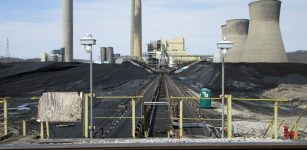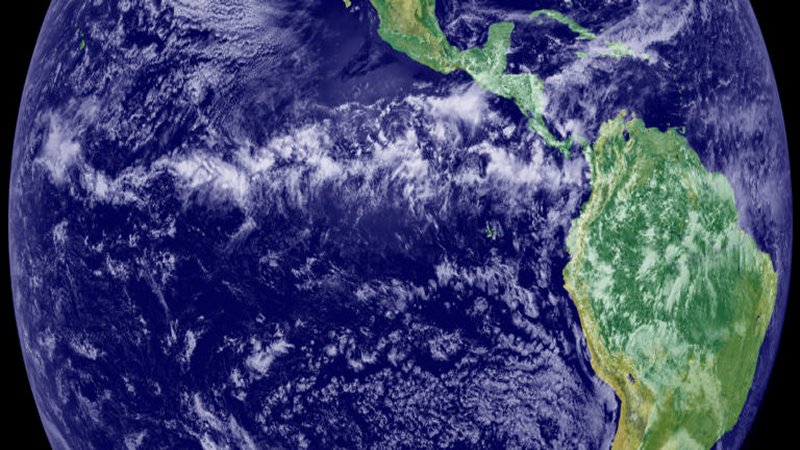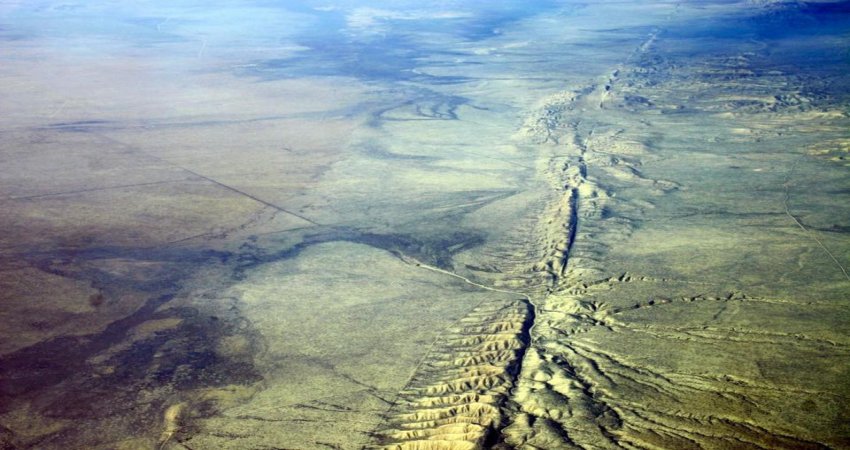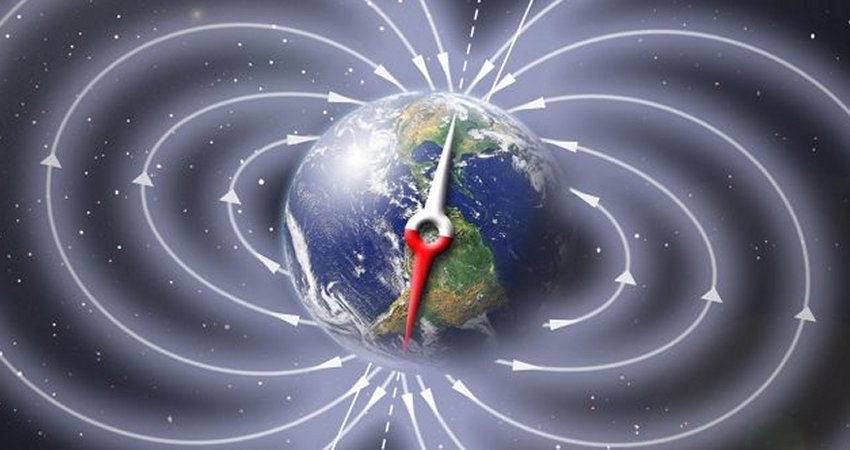Urgency To Tackle Climate Change – Tipping Point Could Be Coming Sooner Than Thought
MessageToEagle.com – Researchers from Columbia University’s School of Engineering and Applied Science confirm the urgency to tackle climate change.
It’s known that extreme weather events can affect the year-to-year variability in carbon uptake, and some researchers have suggested that there may be longer-term effects.
However, the recent study actually quantify the effects through the 21st century and demonstrates that wetter-than-normal years do not compensate for losses in carbon uptake during dryer-than-normal years, caused by events such as droughts or heatwaves.
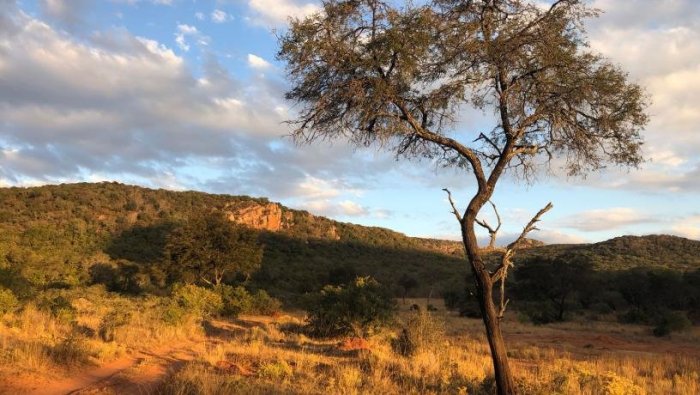
Anthropogenic emissions of CO2—emissions caused by human activities—are increasing the concentration of CO2 in the Earth’s atmosphere and producing unnatural changes to the planet’s climate system. The effects of these emissions on global warming are only being partially abated by the land and ocean. Currently, the ocean and terrestrial biosphere (forests, savannas, etc.) are absorbing about 50% of these releases—explaining the bleaching of coral reefs and acidification of the ocean, as well as the increase of carbon storage in our forests.
“It is unclear, however, whether the land can continue to uptake anthropogenic emissions at the current rates,” Pierre Gentine, associate professor of earth and environmental engineering and affiliated with the Earth Institute, who led the study, said in a press release.
“Should the land reach a maximum carbon uptake rate, global warming could accelerate, with important consequences for people and the environment. This means that we all really need to act now to avoid greater consequences of climate change.”
Researchers analyzed net biome productivity (NBP), defined by the Intergovernmental Panel on Climate Change as the net gain or loss of carbon from a region, equal to the net ecosystem production minus the carbon lost from disturbance like a forest fire or a forest harvest.
“We saw that the value of NBP, in this instance a net gain of carbon on the land surface, would actually be almost twice as high if it weren’t for these changes (variability and trend) in soil moisture,” said PhD student Julia Green.
“This is a big deal,” Green said. “If soil moisture continues to reduce NBP at the current rate, and the rate of carbon uptake by the land starts to decrease by the middle of this century—as we found in the models—we could potentially see a large increase in the concentration of atmospheric CO2 and a corresponding rise in the effects of global warming and climate change.”
Gentine added that “essentially, if there were no droughts and heat waves, if there were not going to be any long-term drying over the next century, then the continents would be able to store almost twice as much carbon as they do now,” says Gentine. “Because soil moisture plays such a large role in the carbon cycle, in the ability of the land to uptake carbon, it’s essential that processes related to its representation in models become a top research priority.”
There is still a great deal of uncertainty on how plants respond to water stress.
Green and Gentine will continue their work on improving representations of vegetation response to soil moisture changes. They are now focusing on the tropics, a region with lots of unknowns, and the largest terrestrial carbon sink, to determine how vegetation activity is being controlled by both changes in soil moisture as well as atmospheric dryness.
MessageToEagle.com



